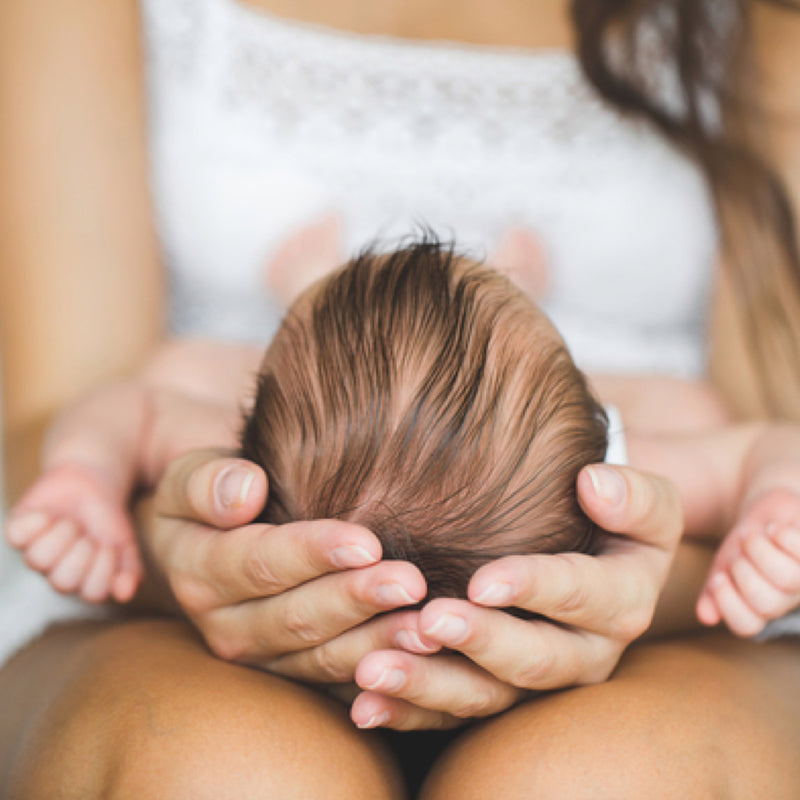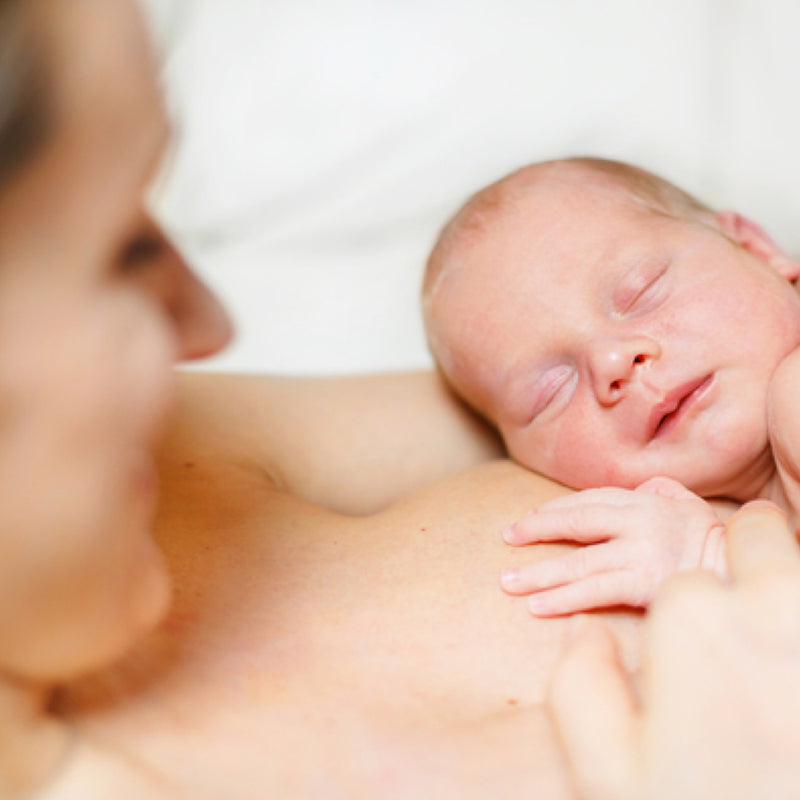The Australian Government recognizes the importance of partner support when a baby is born. And the evidence is clear that everyone in a family benefits when parents/carers have the opportunity to spend time together in the first, early weeks of life.
There have been huge changes in the way workplaces support staff to manage their home/life balance. Parenting leave, in the same way sick and annual leave is managed, helps with staff satisfaction and retention. So looking after parents and their children is really a win win situation.
Paid Parental Leave
Since early 2011, Australia has had a Paid Parental Leave scheme. This allows eligible working parents to get paid for up to 18 weeks when they take time off work to care for a new baby or recently adopted child. This scheme is tax-funded paid. People who work full-time, part-time, casual and most other types of work may be eligible. Paid Parental Leave Pay is generally paid to the parent who will be the primary carer of the child.
There are two parts to the Paid Parental Leave scheme – the Parental Leave Pay and the Dad and Partner Pay.
In some cases, the partner of the birth mother may be eligible to get Paid Parental Leave, however there are requirements which need to be met to do this.
Dad and Partner Pay is a payment under the paid Parental Leave Scheme. It allows for up to two weeks to support caring for a new child.
Your partner may also be able to claim up to 18 weeks of paid parental leave. If you’re eligible, your family might be able to get up to 20 paid weeks of paid parental leave.
What are the Benefits of Taking Parenting Leave?
It helps to take time off work to spend time bonding with the baby. Not spending hours at work and travelling to and from work means that you’ll be able to become more involved in your baby’s cares. You’ll also be able to share experiences and importantly, support your partner.
The early days of a child’s life can be joyful and can’t be made up for at a later time.
Who Qualifies for Dad and Partner Pay?
To get the payment you must:
- Be involved in the care of a newborn or newly adopted child.
- Have earned less than $150,000 in the last financial year.
- Not be working or taking paid leave during the Dad and Partner Pay period.
- Have met the work test in the 13 months prior to your Dad and Partner Pay period starting.
You must also be:
- The child’s biological father.
- Partner of the birth mother including same sex partner.
- An adoptive parent.
- The partner of an adoptive parent.
- A person caring for a child born out of a surrogacy arrangement.
You may also be eligible if you are:
- The partner of the baby’s biological father.
- The partner or a new carer where the child’s care arrangements have changed.
Other Requirements for Dad and Partner Pay
You will need to meet a work test. Essentially, this means you will need to have worked for 10 of the 13 months before the payment starts. And also worked a minimum of 330 hours, (around 1 day a week), within that 10 month period. You can’t have had more than an eight-week gap between each work day.
Full-time, casual, part-time and seasonal workers, self-employed and those who work in a family business can all qualify for Dad and Partner Pay.
A working day is considered to be a day when you’ve worked for at least one hour or been on paid leave.
You also:
- Cannot be working in the same period of time as you get the payment.
- Cannot be getting paid leave for the same period you get Dad and Partner Pay. However, you can take Dad and Partner Pay before or after other paid leave.
- Must be caring for the child on each day of the period you get Dad and Partner Pay.
- You must meet resident rules and be an Australian citizen or permanent resident
- Must be caring for a child born or adopted on or after 1/01/13.
Who Can’t get Dad and Partner Pay?
If you are the mother of the child you won’t qualify. There are other payments you might be eligible for including Parental Leave Pay or Newborn Upfront Payment and Newborn Supplement. Another two part payment, called Family Tax Benefit Part A is also designed to assist the financial cost of raising children.
How Much is Dad and Partner Pay Worth?
Currently it is $740.60 per week (gross- before tax). This amount is based on the national minimum weekly wage rate. You can receive this payment for up to two weeks. Dad and Partner Pay is paid all at once at any time in the first year after the child’s birth or adoption.
Many dads and partners take additional leave when a child comes into the family. They combine carer’s leave, annual leave and even accrued TOIL (time off in lieu) to maximise their time off work. It’s important to remember that the Dad and Partner Payment is taxable. This means you’ll need to include it in your annual income.
You may also be eligible for other Government payments, check DHS payment for families for specifics.
What If I am On Unpaid Parental Leave?
Your Dad and Partner Pay won’t change any of your other entitlements to unpaid parental leave. This is protected under the National Employment Standards and means that both parents who have worked continuously for the same employer for 12 months or more are entitled to 12 months of unpaid parental leave. Both parents can take up to three weeks of unpaid parental leave at the same time as each other.
Even if you haven’t worked for the same employer for at least 12 months, you might still be able to negotiate unpaid leave with them.
For more information check the Department of Human Services website here or call 136 150.
Written by Jane Barry, Child Health Nurse and Midwife.
You may also like:
How to Prepare for Maternity Leave
Flexible Working Arrangements: Why it’s a Win-Win for both Mums and Employers
Family Friendly Workplaces: Australia’s Best and How to Make the List
Our Products
-
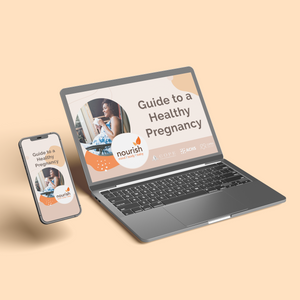
01. Guide to a Healthy Pregnancy
$55 -
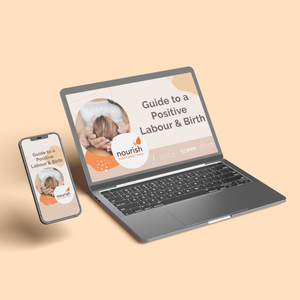
02. Positive Birthing Course
$55 -
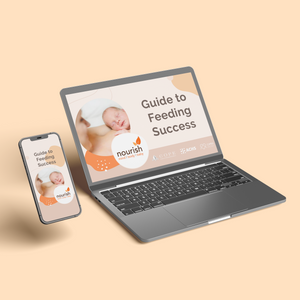
03. Infant Feeding Guide
$55 -
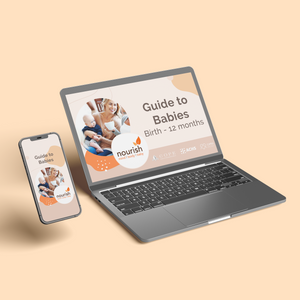
04. Baby Sleep Guide - First 12 Months
$55 -
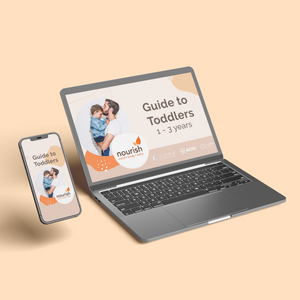
05. Toddler Parenting Course 1 - 3 Years
$55
-
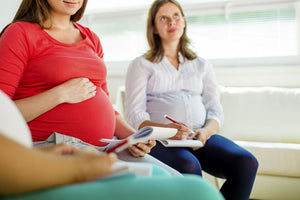 When to Start Antenatal Classes?
When to Start Antenatal Classes?
Becoming a parent is an incredible milestone, but it comes with a host of changes that can be daunting, especially for first time parents. Antenatal classes are all about offering expectant parents the education they need to make informed decisions, look after their bodies and care for their newborn babies. While you probably already have a long list of things you need to accomplish during your pregnancy, it’s a good idea to make time to attend antenatal classes.
-
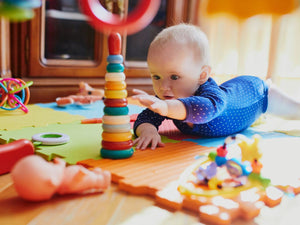 Development Milestones 4-8 Months
Development Milestones 4-8 Months
As they reach the middle of their first year, you'll start to see bigger leaps in their growth and ability!
In this article, we’re going to discuss your baby’s developmental milestones between 4-8 months, and what you can expect along the way.





 When to Start Antenatal Classes?
When to Start Antenatal Classes?
 Development Milestones 4-8 Months
Development Milestones 4-8 Months


